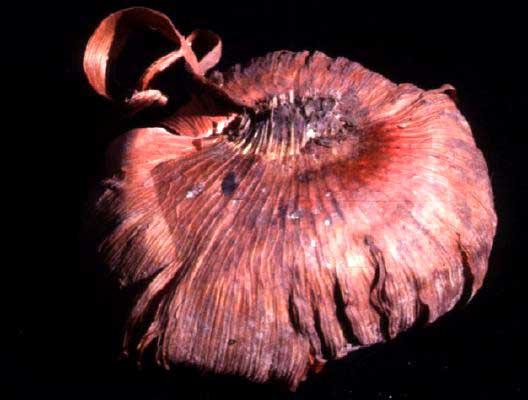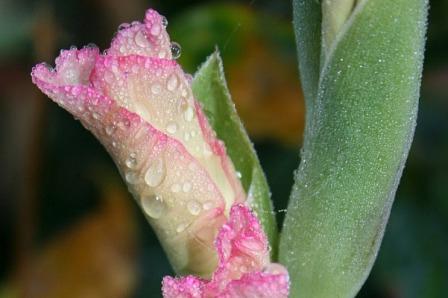Illnesses of gladioli (signs and methods of treatment)
Throughout the growing seasongarden flowers are susceptible to various diseases. Thus, gladioli diseases can occur from spring to autumn. How to determine the type of lesion and choose the method of its treatment? The most famous diseases of gladioli are botrytosis, dry rot, septoria, fusariosis, penicillium rot, mosaic, scab, gladiolus thrips. Below are the signs of the diseases of this plant and the methods of their treatment.

Such diseases of gladioli as septoriosis, dry andpenicillium rot, botrytios, also affect all of their parts. On the leaves appear spots of different sizes and shades. Symptoms of the disease are noticeable on corms. All fungal lesions most often occur in rainy weather or when the planting is too thick. Illnesses of gladioli can appear and at abusing organic and nitrogen fertilizers, and also at wrong drying of bulbs after their digging out. Often they are transmitted through contaminated soil.

There are less well-known diseases of gladioli. Treatment (photo on the right) of a plant affected by a mosaic does not give any result. This virus disease is caused by cucumber or bean mosaic. At the same time, the leaves show light-green stripes and spots of different sizes. The flowers of the gladiolus show a variegation. Diseased plants must be excavated and burned.

Illnesses of gladioli are not always provokedviruses and bacteria. Very often, this flower is affected by small insects of dark brown color. They are called gladiolus thrips. If the temperature of the corms is higher than 10 ° C, they can be affected by these insects. From their bites, corms acquire a burn, rough surface. During the vegetative period, thrips accumulate on the flower arrow. So they damage the flowers. The main sign of the appearance of thrips is the twisting of the buds. Methods of struggle: before planting corms are etched with 0.2% baseol, mixed with 0.2% carbophos. Throughout the growing season (especially during the flowering period), the plants are regularly treated with 0.2% carbophos. Periodicity of spraying - every 10-14 days.






